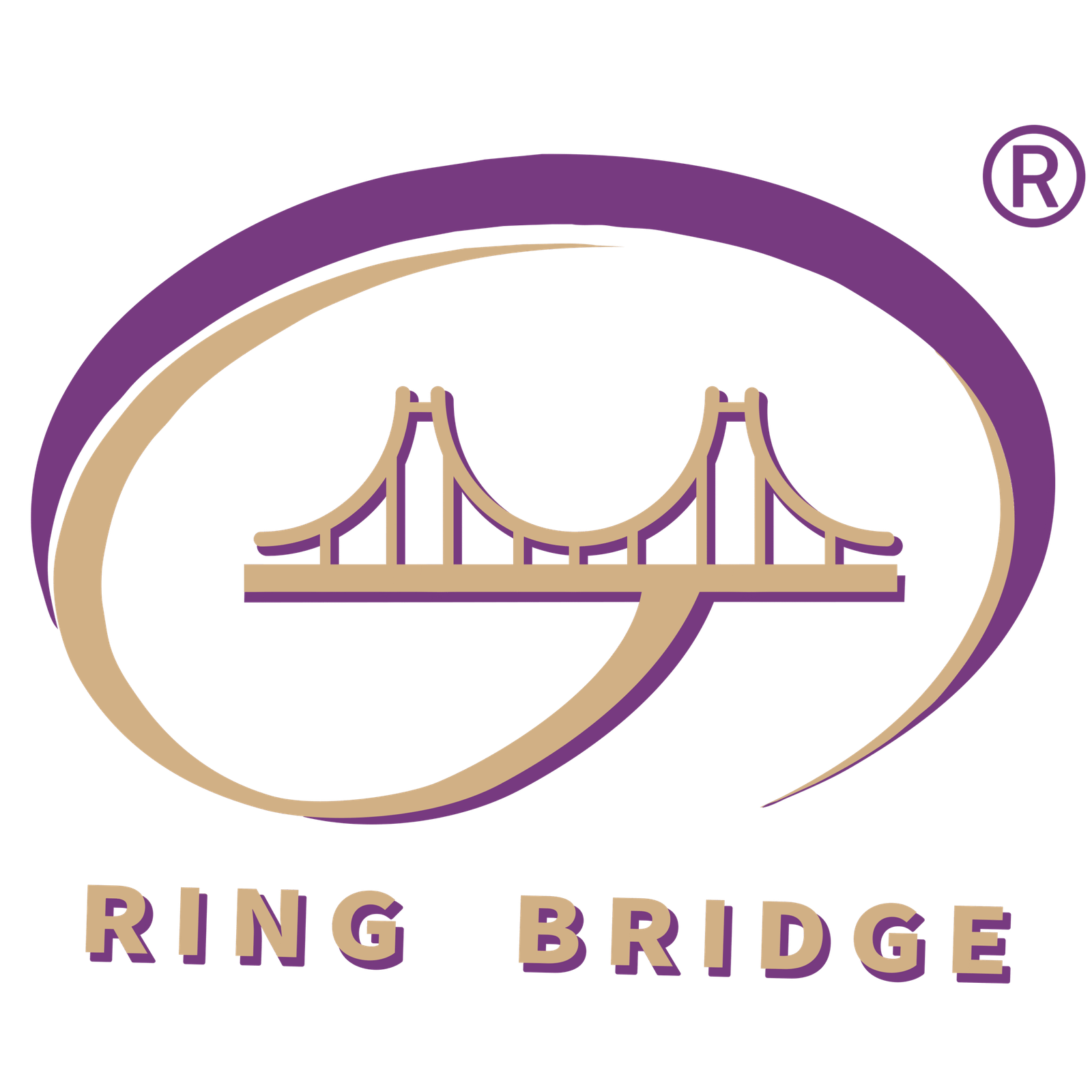All Welding Rod Number: Complete Guide for Buyers
Welding is a fundamental process in construction, manufacturing, repair, and industrial production. A strong weld starts with the right electrode, often referred to as a welding rod. For distributors, buyers, and engineers, understanding all welding rod numbers is critical for selecting the correct rod for each application.
This guide will cover the most commonly used welding rod numbers, their applications, advantages, and key factors to consider when sourcing welding rods.
What Are Welding Rod Numbers?
Welding rod numbers are codes assigned to electrodes to indicate their type, mechanical properties, and applications. These numbers follow standards such as AWS (American Welding Society). Understanding these codes ensures you purchase the right rod for your project.
How the Numbering Works
For SMAW (Stick Welding) electrodes, the number typically has four digits, e.g., E6013:
- E – Electrode
- 60 – Minimum tensile strength in ksi (thousand pounds per square inch)
- 1 – Welding position (1 = all positions)
- 3 – Coating type and current type
By understanding this system, you can quickly identify the best electrode for your welding needs.
Common Welding Rod Numbers
1. E6013 Welding Rod
- Tensile Strength: 60 ksi
- Position: All positions
- Application: General fabrication, sheet metal, light repair
- Advantages: Easy to use, smooth weld appearance, low spatter
- Market Use: Popular in light industrial and automotive repairs
2. E7018 Welding Rod
- Tensile Strength: 70 ksi
- Position: All positions
- Application: Structural steel, pipelines, bridges
- Advantages: Low hydrogen, high strength, minimal cracking
- Market Use: Heavy construction, fabrication requiring high strength
3. E6011 Welding Rod
- Tensile Strength: 60 ksi
- Position: All positions
- Application: Farm equipment repair, maintenance, general purpose
- Advantages: Deep penetration, works on dirty or rusty surfaces
- Market Use: Agriculture and rural repair shops
4. E7024 Welding Rod
- Tensile Strength: 70 ksi
- Position: Flat and horizontal
- Application: Sheet metal and production work
- Advantages: Fast deposition, smooth welds
- Market Use: High-volume industrial production
5. Stainless Steel Electrodes (E308, E309, E316)
- Application: Food processing, chemical plants, marine structures
- Advantages: Corrosion resistance, smooth finish
- Market Use: Industries where hygiene or chemical resistance is essential
6. Cast Iron Electrodes
- Application: Repairing cast iron machinery, automotive parts
- Advantages: Bonds well with cast iron, resists cracking
- Market Use: Mechanical repair shops and maintenance industries
7. Aluminum Welding Rods
- Application: Aluminum fabrication and repair
- Advantages: Lightweight, corrosion-resistant
- Market Use: Automotive, marine, and lightweight structures
Electrode Coating Types
The coating of a welding rod is critical. It stabilizes the arc, protects the weld pool, and influences slag formation.
1. Rutile Coating
- Smooth weld appearance
- Easy to strike
- Common for general-purpose rods like E6013
2. Cellulosic Coating
- Deep penetration
- Ideal for pipeline welding
- Used in E6010 and E6011 electrodes
3. Basic (Low Hydrogen) Coating
- Reduces cracking
- High tensile strength welds
- Used in E7018 and other critical structural applications
Choosing the Right Welding Rod
When selecting electrodes, consider these key factors:
- Base Metal Type – Carbon steel, stainless steel, aluminum, or cast iron require specific rods.
- Welding Position – Some rods are all-position; others are limited to flat/horizontal.
- Strength Requirement – Heavy structural projects need high-strength rods like E7018.
- Market Demand – For mass production, general-purpose rods like E6013 dominate.
Applications Across Industries
- Construction: Bridges, buildings, pipelines; requires E7018, E7024
- Agriculture: Equipment repair; E6011, E6013
- Automotive: Stainless steel rods for exhaust systems and panels
- Shipbuilding & Marine: Corrosion-resistant stainless electrodes
- Industrial Fabrication: E6010 for deep penetration, E6013 for light fabrication
Global Market Trends
The demand for welding rods is growing in developing regions. Buyers in Africa, South America, and Southeast Asia increasingly seek:
- Affordable E6013 rods for light and medium fabrication
- High-strength E7018 rods for structural steel
- Stainless steel electrodes for corrosion resistance in chemical and marine industries
Consequently, distributors who stock a balanced range of rods capture both general and niche markets.
Tips for Buyers and Distributors
- Source Directly from Factories – Reduces cost per rod.
- Check Certifications – ISO, AWS, or equivalent ensures quality.
- Inspect Packaging – Proper storage prevents moisture absorption.
- Plan Logistics – Bulk shipping reduces per-unit cost.
- Diversify Product Range – Include general-purpose, stainless, and specialty rods.
Safety and Handling Tips
- Store rods in dry, temperature-controlled areas
- Always use protective equipment when welding
- Follow electrode manufacturer guidelines for current and polarity
Conclusion
Understanding all welding rod numbers is essential for anyone sourcing, distributing, or using welding electrodes. From light fabrication to heavy structural projects, choosing the right rod ensures durability, efficiency, and cost-effectiveness.
By partnering with reliable manufacturers and stocking a balanced variety of rods, distributors can meet diverse customer needs and maximize profit in growing global markets.
